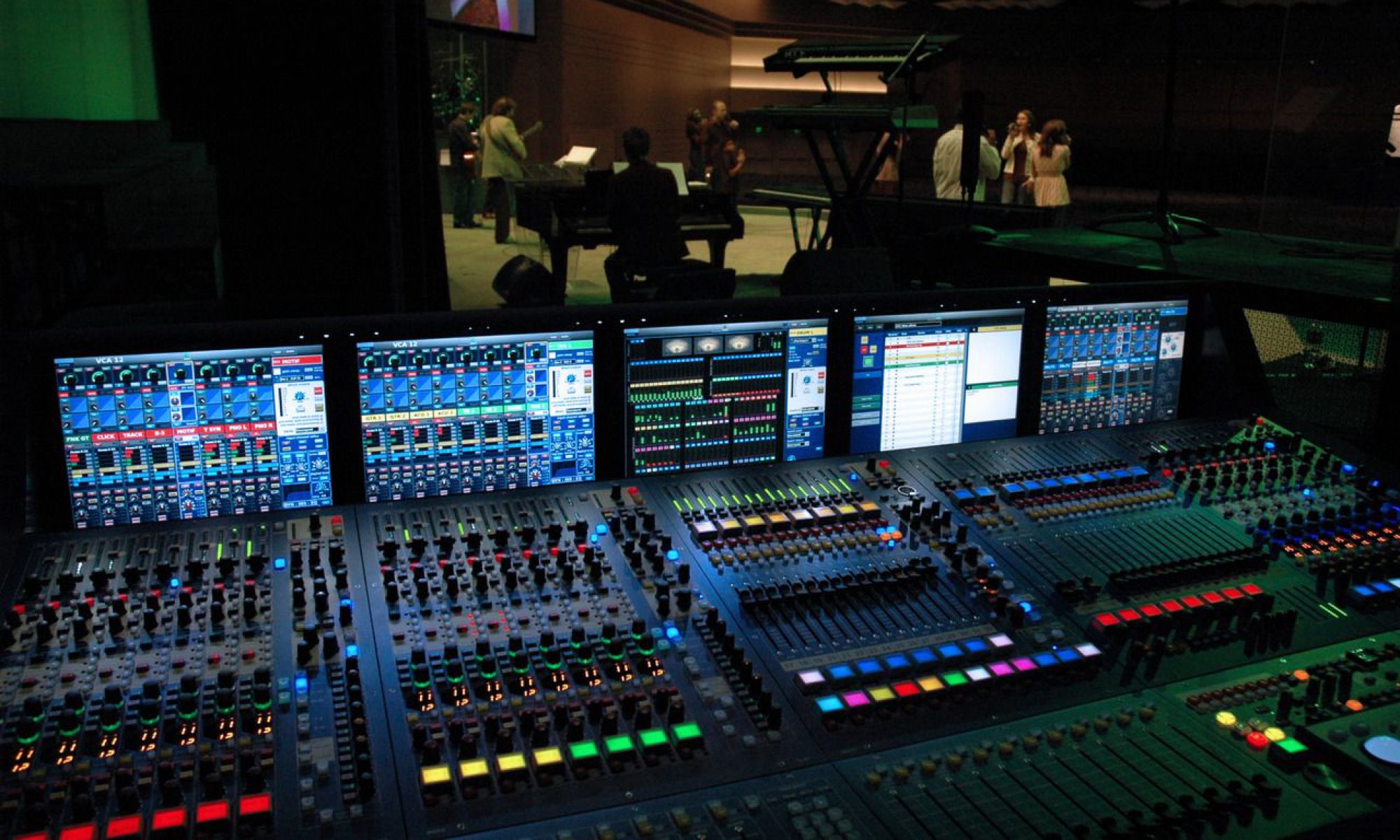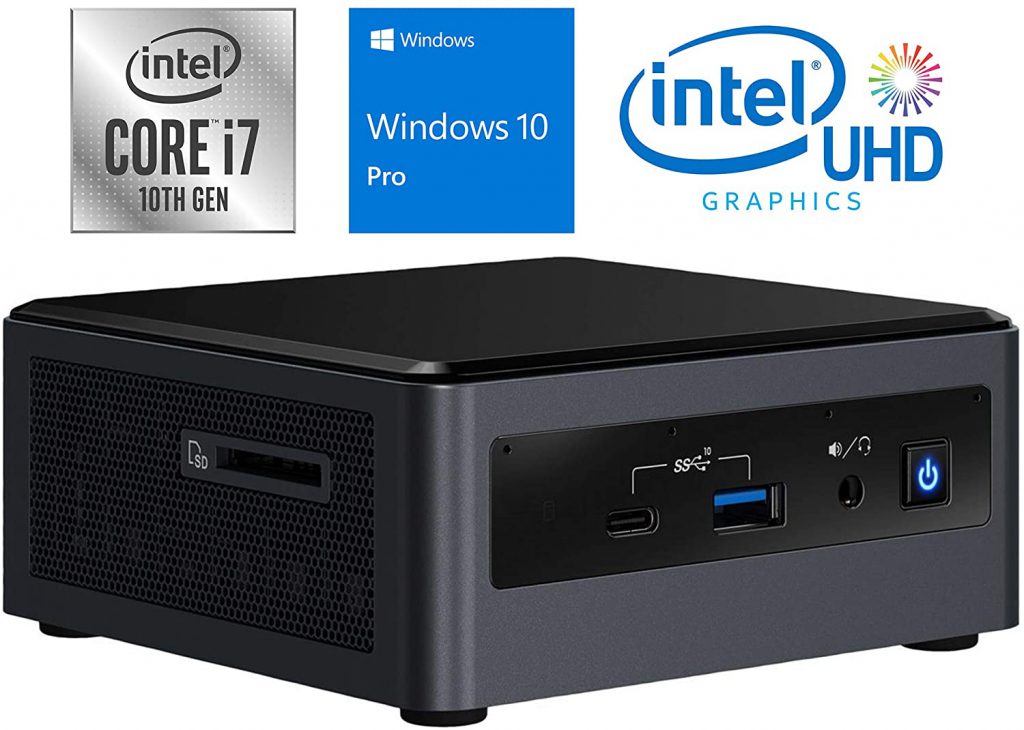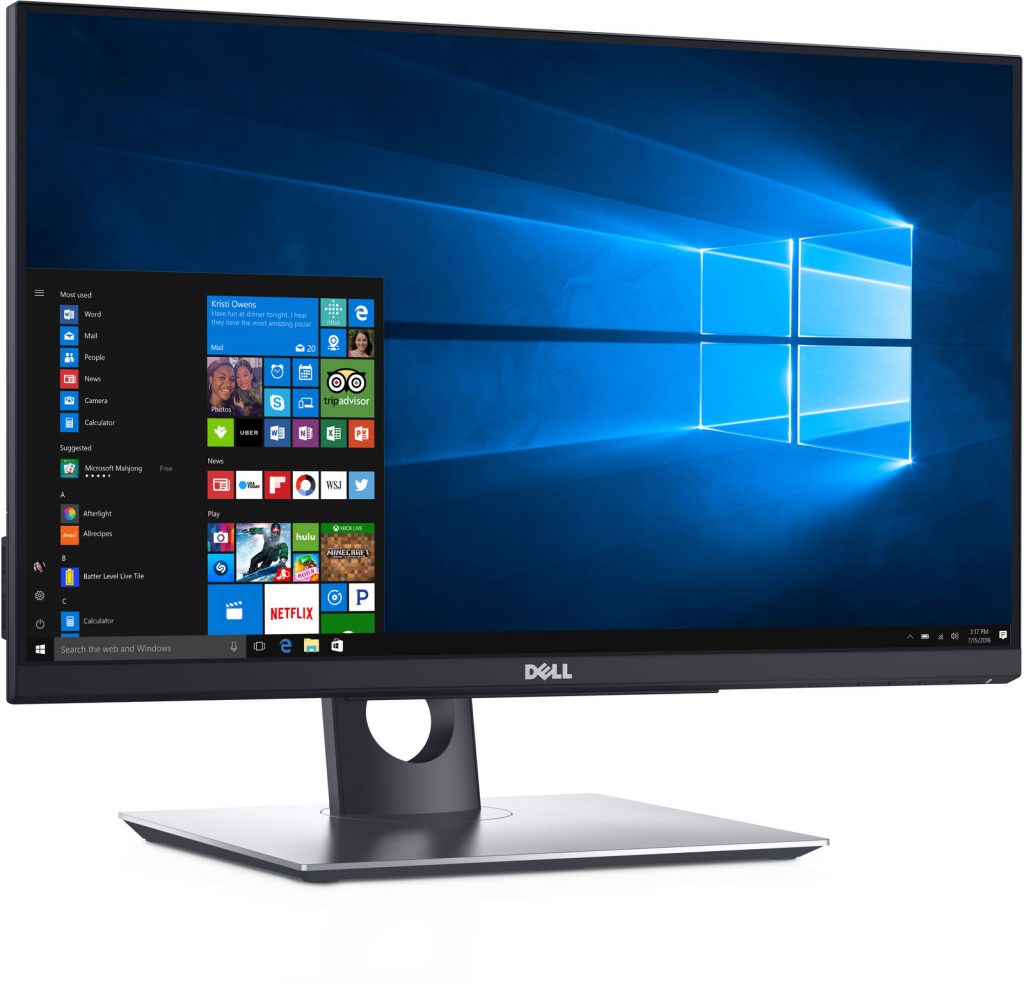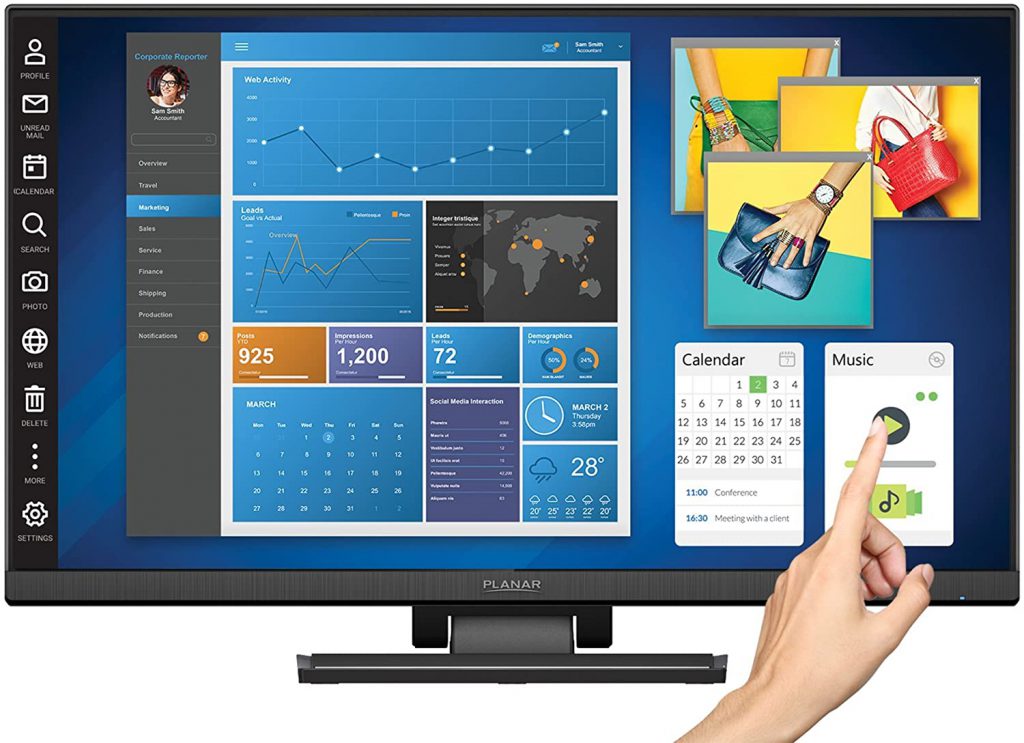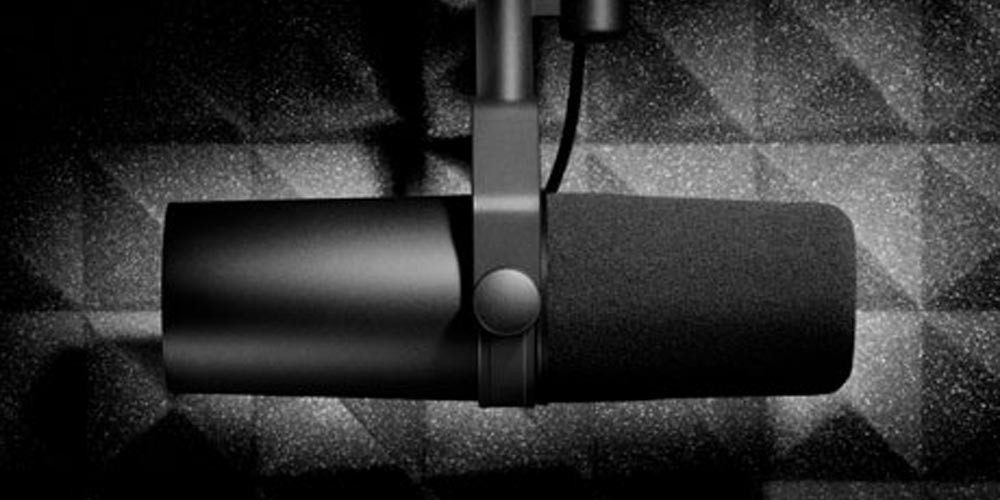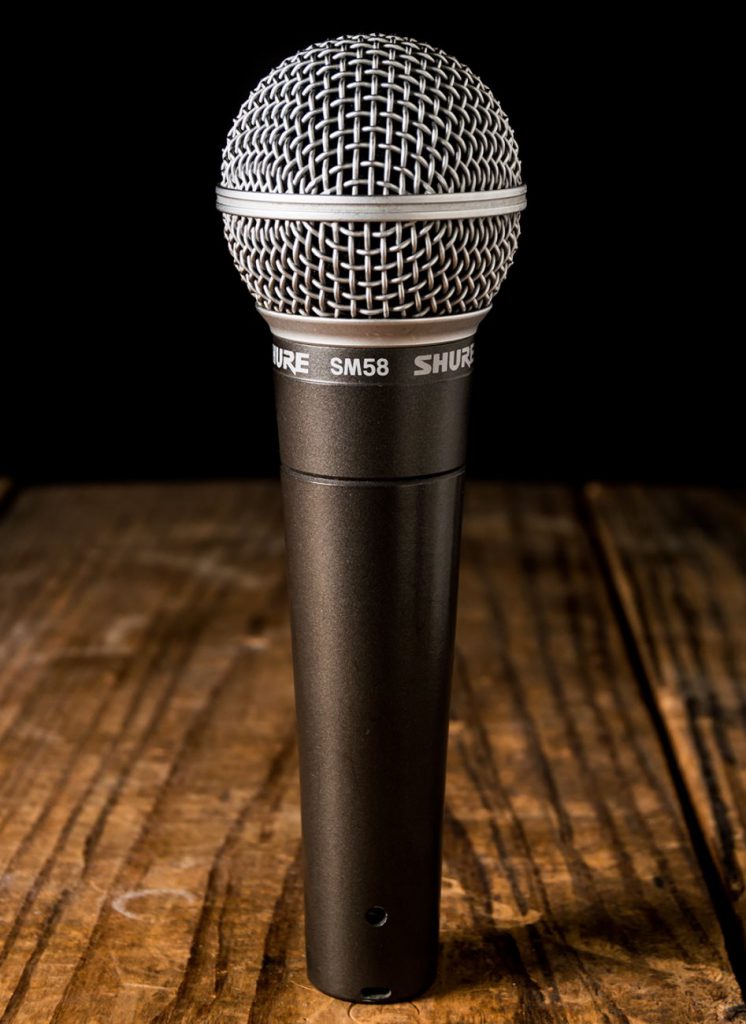Welcome to the last week of my series on reasonably priced alternatives. Over the last three weeks I hope I’ve introduced you to something you haven’t looked into or given you the courage to look at more than just the name brand stuff (Week 1 – Direct Boxes, Week 2 – Podcast Mics, Week 3 – Touchscreens). This week I’m going to finish up the series talking about the Waves Axis One. At first I was nearly 100% against people buying the Axis One based on it’s MSRP but I’ve learned a few things about it and because of a deal, got one myself. Here is what I’ve learned.
First, let’s talk about what the Waves Axis One actually is. Waves has quite a few applications it uses as plugin hosts for any audio environment you find yourself in. SuperRack, eMotion LV1, and SoundGrid Studio, are all run from a computer and not on their trademark processing servers. For the longest time they just gave a set of specs and we’d do the best we could to meet or exceed those specs. But a few years ago Waves came out with a compact machine that is purpose built to run one of those three pieces of software. Windows has even been slimmed down and setup to be better suited to audio production. The computer is also easy to rack mount with the use of a shelf you can even buy from Waves itself. If you want a pre-built and setup option that is incredibly reliable and ready for you then the Waves Axis One is for you. It is running Windows Enterprise which ends up being beneficial because it only gets the critical updates required for security and performance fixes (causing far fewer problems) and comes shipped with software pre-loaded for your convenience. You can also plug 3 monitors into it in order to maximize screen usage in LV1 applications. My only real problem with it was the price. At $1499 MSRP it’s a bit expensive for a small form factor machine.
Enter the fully equipped Intel NUC (this is only one option of the many available). If the form factor is a consideration to you than look no further. At $724.95 you have yourself a definite competitor to the Axis One. The included i7-10710U stacks up very competitively to the i5-8500 in the Axis One (link to comparison on Passmark). In fact it beats it in many categories being only bested in single core rating (which likely won’t come into play in our scenario). Add that to the fact that this thing is just under half the MSRP you will find yourself a contender. The biggest downside is a lack of display outputs. However, with the onboard usb C port, this could be overcome (at a price). So if you’re in sticker shock about the price of entry to the wide world of plugins, this might be a healthy choice. The only thing to note is that it is a laptop CPU verses the Axis One’s full desktop CPU the difference will likely not be felt too much however.
The only question to answer here is why did I end up getting an Axis One myself. Well there are two simple reasons. The first is the killer deal I got from my vendor, Amplio Systems. For right around ~$2100 I could get an Axis one and a 64 channel license of LV1 (I was setting up a broadcast studio rig) along with a few accessories. The Axis One portion of that price I estimate was around $850. I was originally not even going to dedicate a machine to Axis One because I already had a big multi-tracking and utility machine I could run it on, but in the end, having a dedicated machine meant a bit more stability and reliability. Then it came down to monitors. If you know me, you know I love having as many monitors available as possible so I can spread things out and have access to as much info as possible. The Axis machine with three built-in monitor outs meant I’d have what I needed right out of the box and a computer that I can just let Waves service when I have an issue. If you’re in the same boat as me, be sure to get actual prices from your vendors. If you don’t have a vendor, message me and I’ll hook you up with Amplio (not sponsored, yet, I just love the guys over there). But if you’re just getting a smaller or portable setup and one monitor is enough, you could save the hundred or so bucks and use that money for more plugins!
Well that about does it for this week and this series. Hopefully my perspectives and ideas have helped you either save some money or meet some new gear. The biggest thing to remember when you are looking for reasonably priced alternatives is compare ALL the options. If specs are the same but prices are different, give it a try and share around if you find something that works but is a lot cheaper. As always, please, if you never want to miss a new blog post, check out this link, fill out the form, and subscribe! Don’t forget to also comment below or on Facebook if anything you’ve read leaves you with a question or an opinion you’d like to share. I don’t pretend to know everything so lets hear it! In the immortal words of the Red Green Show, “remember, we are all in this together!” See you next time!
